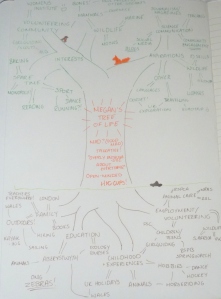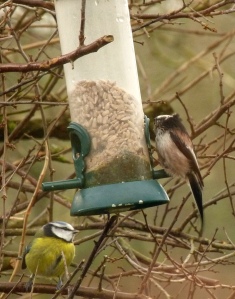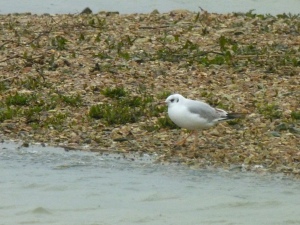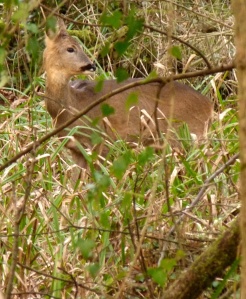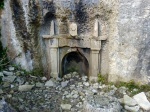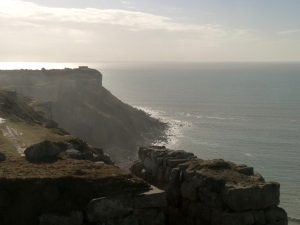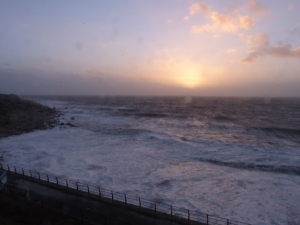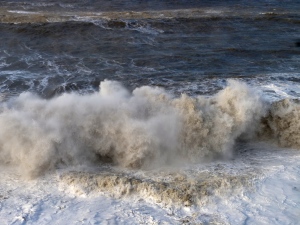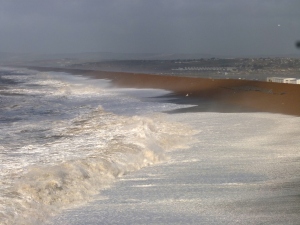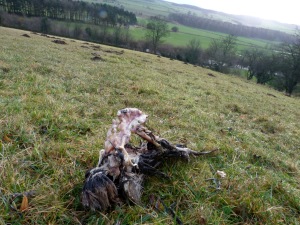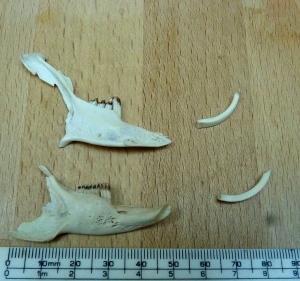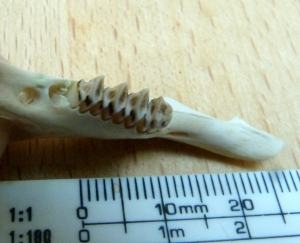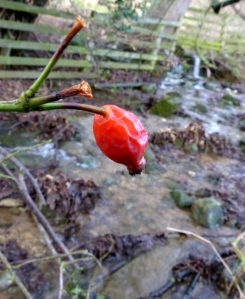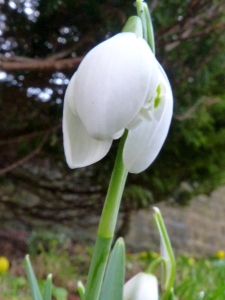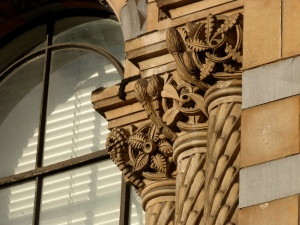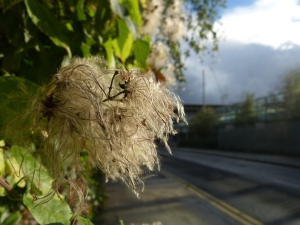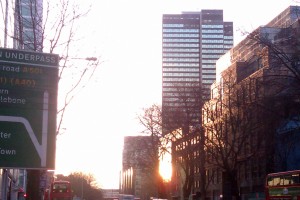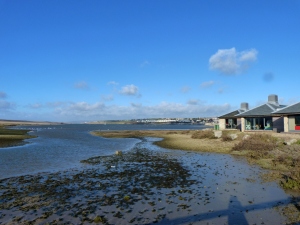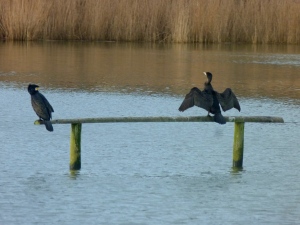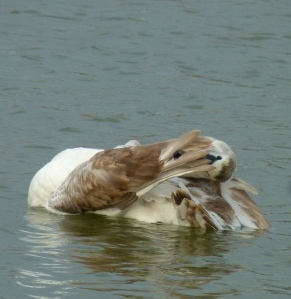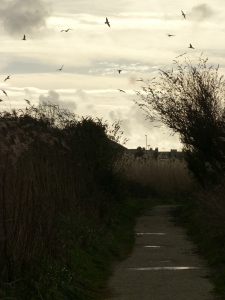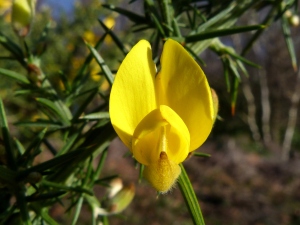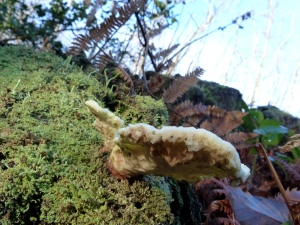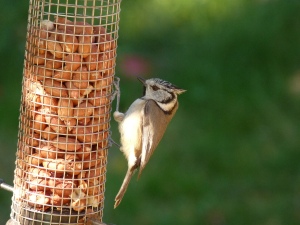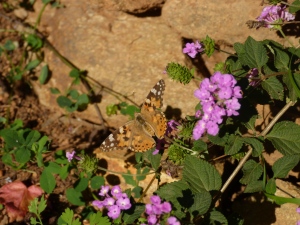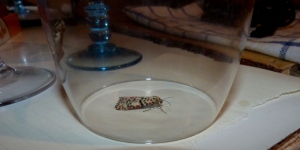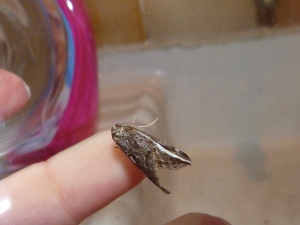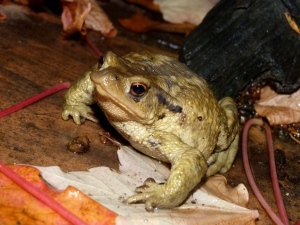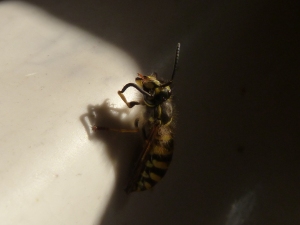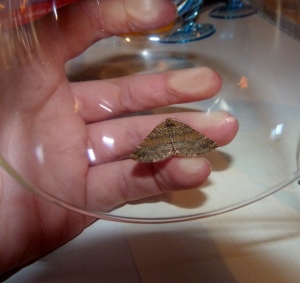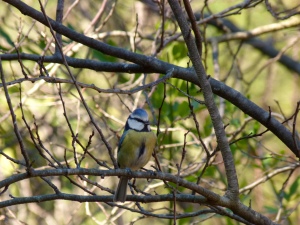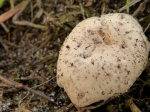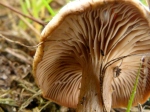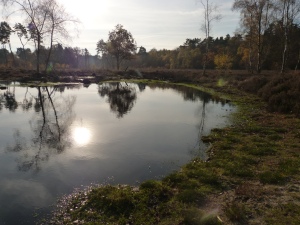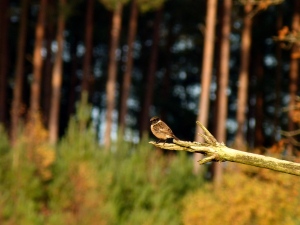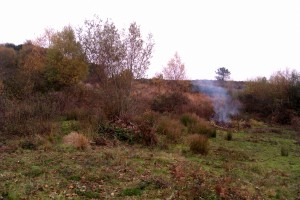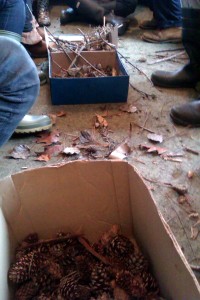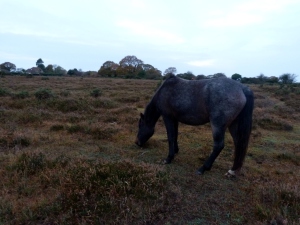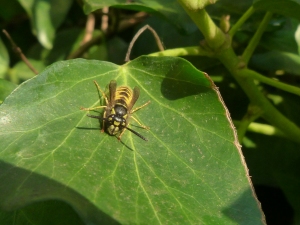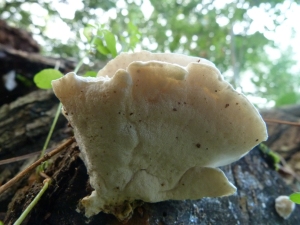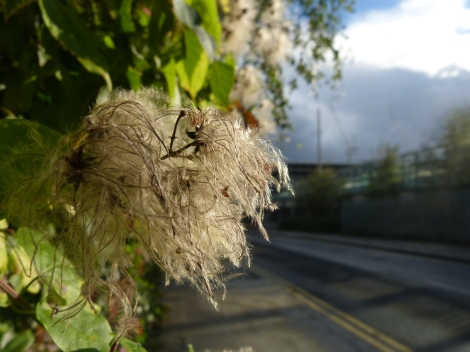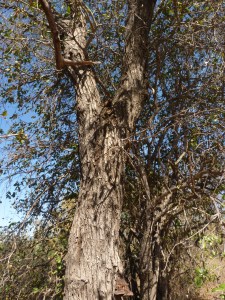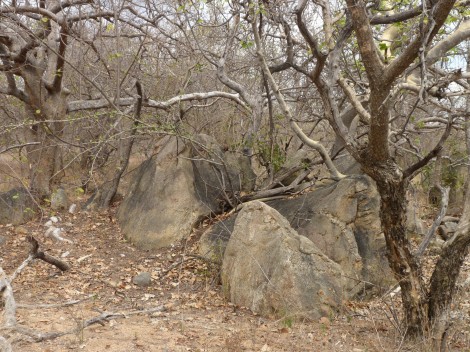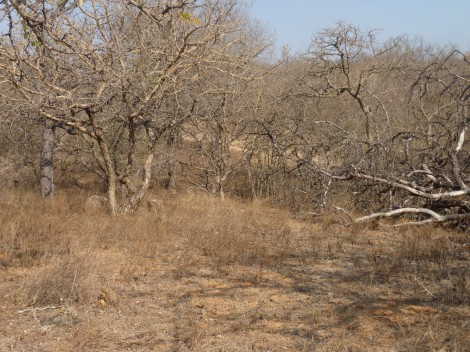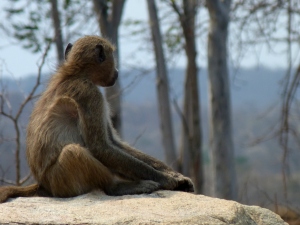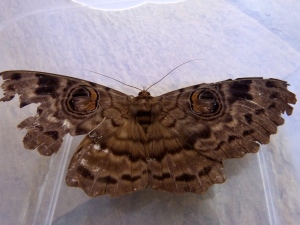Oh I Do Like To Be Beside The Seaside
The first fortnight of living in Dorset is now complete! I’ve been getting to know the local area, particularly the location of nearby reserves and of course, the public library – always important for a bookworm with limited funds!
The reason for moving to Dorset? A traineeship position with the Dorset Wildlife Trust, on the Skills for the Future programme (funded by the Heritage Lottery), for which I will be based at The Fine Foundation Chesil Beach Centre. Naturally the first few days consisted of the induction.
Along with the obligatory paperwork, our manager introduced us to an activity new to us all – The Tree Of Life. The idea is that you draw out a tree and write in different sections of it. The roots are your past – what your background is and your experiences; the trunk is who you are as a person – i.e. your personality; and the branches are your interests and aspirations – hobbies and hopes for the future. I actually really liked this activity, it’s a great and quick way to learn where other people have come from, and of common interests that might otherwise take quite a few conversations to find out. I may just try it out with the Girl Guiding groups.
Our second day, we went shopping for necessities – waterproofs and wellies! After which we headed over to The Kingcombe Centre and more reading of the paperwork ensued. Of course I was paying attention, but I was getting slightly possibly distracted by the incredibly busy bird feeders outside. I think I counted twelve species in total, including two new ones that I’d never even seen before: marsh tit and long-tailed tit.
A guided walk followed where we saw the recent hedgelaying work, an interesting fungus (King Albert’s Cakes Fungus, which can apparently be used as a firelighter?) and quite a few snowdrops (attempted species identification is occurring). The walk also revealed something amazing for us all – it seemed that we had magic wellies, highly repellent to water and mud! We went on an extremely muddy walk and managed to came back with amazingly clean wellies!
My first day away from the other S4F trainees begun at RSPB Radipole where I attended a session on the identification, and ageing, of local gull species. Although I feel I understood the different ID features at the time, I’m pretty sure that my understanding has since lessened despite rereading my notes. I’m going to need to put it into practice so I am comfortable doing so at Chesil / The Fleet.
During the remaining week and a half, I’ve managed to visit DWT’s Lorton Meadows (where I saw three roe deer!), started a beginner’s birdwatching course (RSPB Radipole), looked round a couple of visitors’ centres including Durlston Castle, and passed a Emergency First Aid at Work session. All during training time!
I was also given a day to explore the area around the Chesil Centre, which was fab! It was just after one of the storms so I found plenty washed up – some pink seafan, a couple of starfish and a dead dogfish. I also met Steve Trewhella, a local conservationist who had found a log covered in goose barnacles, and hiding away in the cracks of the log were a couple Columbus crabs! Now this is pretty cool stuff as they’re usually found over in the Caribbean so they’ve been on an incredible journey! You can read more about them on Steve’s blog.
Outside of training, I had the chance to meet up with the Dorset Mammal Group at their social event. Major thanks to the Chairlady, Suzy Varndell, for introducing a very nervous me to people. After hearing from the different sections of the group, we put our quiz hats on – my team (The Red Squirrel) came fourth out of five! Rather proud of us as there was fierce competition for sure!
This weekend saw me venture out into the sunlight – a rare occurrence since I’ve moved here! I headed up the hill to the top of Portland to visit Tout Quarry, a DWT reserve. A great spot for seeing butterflies … in spring and summer. However I had a lovely wander round looking at the sculptures and admiring the view. I saw a few birds, plenty of robins and gulls, and also heard a great tit. Possibly a kestrel but it was very quick. I definitely saw a butterfly, however it was a distance away so I didn’t get to identify it. Oh well, next time!
Apologies for the small essay – the home internet died last weekend so I couldn’t post, and you get two weeks worth in one post!
To make up for it, here are some pretty photos I’ve taken.
*In other news, I also decided on a new challenge (an extra to the general learning of birds, moths and marine wildlife) – visiting all of the DWT reserves, which you can follow at this page.

